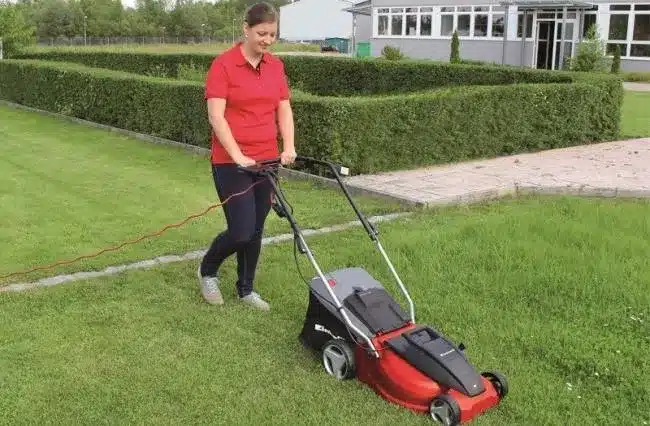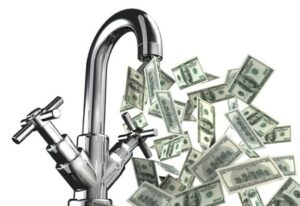Get Your Lawn Mower Moving Again: Fixing the Self-Propel Feature
Introduction
A self-propelled lawn mower can be a real lifesaver when it comes to taming your overgrown grass. It takes the effort out of pushing the mower, making the task more manageable and less physically demanding. However, like any mechanical device, self-propel systems can encounter issues over time. If you find that your lawn mower’s self-propel feature is no longer working, there’s no need to fret. In this guide, we will walk you through common problems and their solutions to get your lawn mower moving again.
Inspect the Drive Belt
One of the most common reasons for a self-propel feature malfunction is a worn or broken drive belt. The drive belt is responsible for transferring power from the engine to the wheels. Over time, it can become stretched or damaged, leading to a loss of propulsion. To inspect and replace the drive belt:
a. Safety first: Always disconnect the spark plug wire to prevent accidental starting.
b. Lift the front of your mower to expose the undercarriage.
c. Locate the drive belt, which is usually situated near the rear wheels and runs from the engine pulley to the transmission.
d. Check for any visible signs of damage, such as fraying, cracks, or looseness.
e. If the belt appears damaged, remove it by loosening the tension spring or pulley and install a new one, following the manufacturer’s guidelines.
Examine the Wheels
Worn or damaged wheels can also lead to a malfunctioning self-propel system. Examine the condition of the wheels:
a. Lift the mower and spin each wheel individually.
b. Wheels should rotate smoothly and without significant resistance. If you notice grinding, wobbling, or excessive friction, it’s time to replace the wheels.
c. To replace the wheels, consult your mower’s manual for guidance on removal and installation.
Adjust the Drive Cable
A loose or misadjusted drive cable can result in a loss of self-propulsion. The drive cable is responsible for engaging the self-propel system. To adjust the cable:
a. Disconnect the spark plug wire for safety.
b. Locate the drive cable, usually running from the handlebar to the transmission.
c. Examine the cable for any kinks, fraying, or damage.
d. If the cable appears in good condition but the self-propel feature is still not working, it may be too loose. Adjust the tension according to your mower’s manual.
Clean and Lubricate
Sometimes, self-propel issues can be caused by a buildup of debris or a lack of lubrication in the drive system. Regular maintenance can help prevent these issues:
a. Ensure the mower is safely turned off and disconnected from the spark plug.
b. Clean the drive system, removing any grass clippings, dirt, or debris that might be clogging it.
c. Lubricate the self-propel components as recommended in your mower’s manual. Use a high-quality lubricant to keep the parts moving smoothly.
Check the Transmission
A faulty transmission is a less common but more serious issue that can hinder self-propulsion. Signs of a transmission problem include a grinding noise when engaging the self-propel feature or the wheels not moving at all. If the transmission is the culprit:
a. Seek professional assistance: Replacing or repairing a transmission is a complex task that is best left to trained technicians.
b. Contact your mower’s manufacturer or a local service center for guidance on repairs or replacement.
Inspect the Handlebar Control
Sometimes, the issue might not be with the self-propel system itself but rather with the control mechanism on the handlebar. Ensure that the control lever or handle is functioning correctly and engaging the self-propel system when engaged.
a. Disconnect the spark plug wire for safety.
b. Inspect the control lever for any visible damage or misalignment.
c. Check that the cable connecting the handlebar control to the self-propel system is in good condition and properly connected.
d. If you find any issues with the control lever or cable, replace or repair them as needed.
Conclusion
A malfunctioning self-propel feature on your lawn mower can be frustrating, but with some basic troubleshooting and maintenance, you can often identify and resolve the issue yourself. Regular maintenance, such as cleaning and lubricating the drive system, can help prevent self-propel problems from occurring in the first place. However, if you encounter more serious issues
like a damaged transmission, it’s best to seek professional assistance. By following the steps outlined in this guide, you can get your lawn mower moving again, making lawn care a breeze once more. Remember, safety is paramount throughout the process, so always disconnect the spark plug wire before inspecting or working on your mower’s self-propel system.














